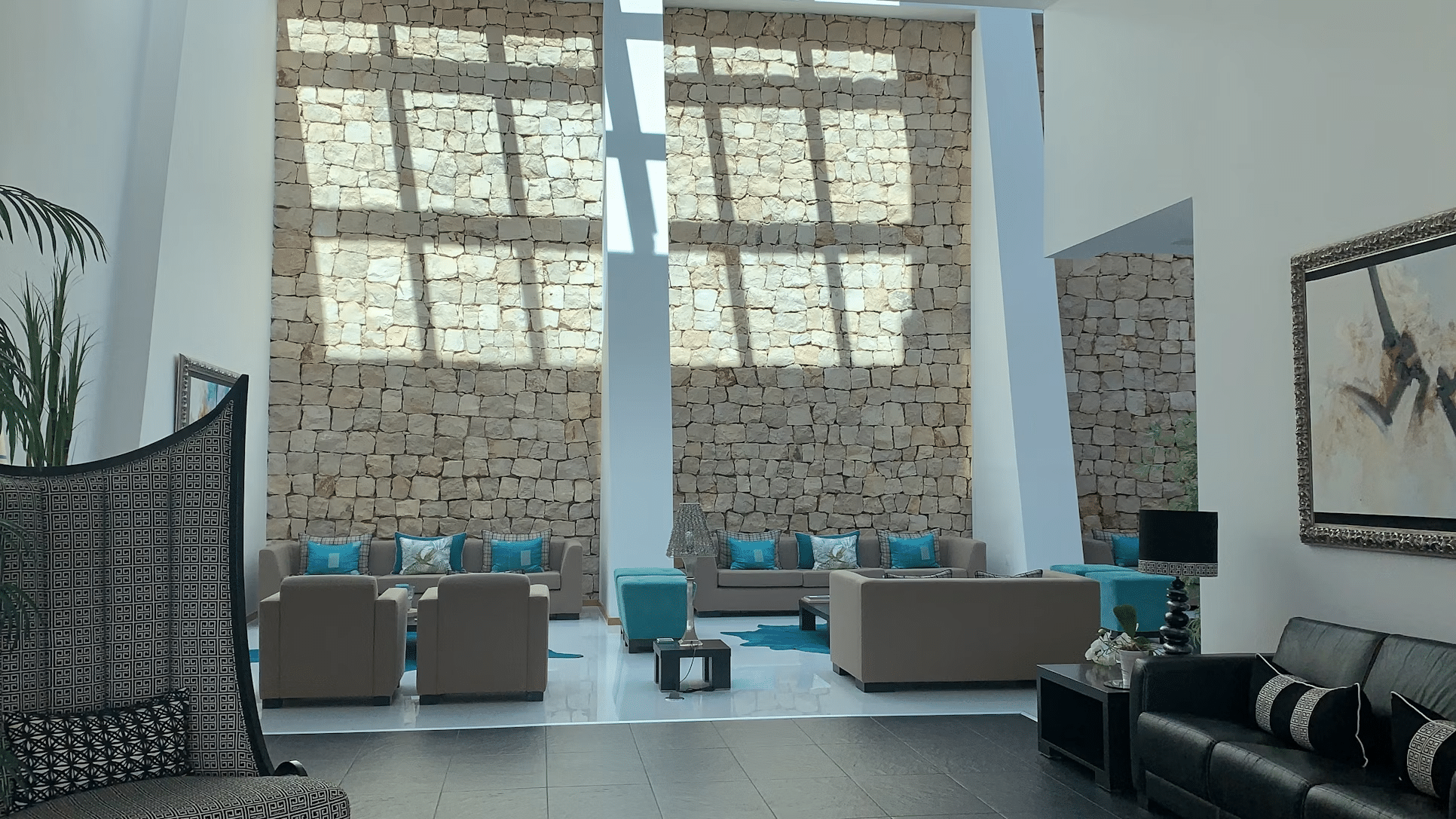In modern exterior design, engineering plays a vital role by merging aesthetics with functionality, sustainability, and technological innovation.
With the construction industry contributing about 40% of global energy-related carbon emissions, there is an increasing focus on green building practices.
This includes using energy-efficient materials and renewable energy solutions, such as solar panels, which are becoming mainstream in new designs.
Technologies like Building Information Modelling (BIM) and augmented reality are helping architects and engineers collaborate more effectively, improving design accuracy and reducing project delays.
In 2023, about 46% of companies were projected to invest in modular construction methods, which enhance efficiency and reduce material waste.
These advances not only improve project outcomes but also help meet the demand for sustainable and energy-efficient buildings in a rapidly evolving construction landscape.
The Roles Of Engineers In Modern Exterior Design
In modern exterior design, many an engineer type plays a key role in ensuring that buildings are not only aesthetically appealing but also safe, durable, and sustainable. By integrating advanced technologies and materials, engineers collaborate with architects to transform creative visions into functional structures.
Structural Engineers
Structural engineers are the backbone of any exterior design project. Their main responsibility is to ensure that buildings can withstand both everyday loads and extreme environmental forces such as wind, earthquakes, and heavy snow.
They perform precise calculations to guarantee the stability of the building, using modern tools like 3D modeling software to visualize and predict potential weaknesses.
Without structural engineers, it would be impossible to create innovative designs like cantilevered balconies or large open spaces, as these require exacting attention to load-bearing details.
Mechanical Engineers
Mechanical engineers focus on the internal systems that support the external function and comfort of a building. From heating, ventilation, and air conditioning (HVAC) to plumbing and electrical layouts, these engineers design systems that enhance energy efficiency and integrate seamlessly with the building’s exterior.
In modern designs, they work on smart building technologies, which include sensors and IoT-enabled systems that adjust the building’s performance in real time based on environmental conditions, optimizing comfort and reducing energy consumption.
Façade Engineers
Façade engineers are specialists in the external ‘skin’ of buildings, ensuring that the exterior envelope is not only beautiful but also functional.
These engineers focus on materials such as glass, concrete, and steel to balance aesthetic appeal with energy efficiency and environmental resistance. Modern materials, like smart glass, allow for dynamic facades that adjust based on sunlight exposure to reduce heat gain and reliance on air conditioning.
Façade engineers are key in developing these cutting-edge exterior solutions that merge technology with design.
Sustainability Engineers
As sustainability becomes a core aspect of construction, sustainability engineers have become more than necessary in exterior design. They ensure that materials and construction practices are environmentally friendly, incorporating renewable energy sources like solar panels or designing green roofs and living walls to improve energy efficiency.
In this role, they also calculate the long-term environmental impact of buildings and suggest eco-friendly alternatives to traditional construction methods.
Civil Engineers
Civil engineers work on the larger infrastructure that supports exterior design, such as roadways, drainage systems, and foundations. Their work is critical in ensuring that the building’s surroundings are as functional and resilient as the structure itself.
They often collaborate with other engineering specialists to create seamless connections between a building and its urban environment, ensuring that infrastructure supports both the aesthetic and practical needs of modern living.

Engineering’s Contribution To Exterior Design
Engineering plays a vital role in modern exterior design by merging aesthetics with functionality, sustainability, and safety.
Engineers collaborate with architects to create designs that are both visually striking and resilient, addressing the challenges posed by the environment, energy efficiency, and evolving technologies.
Structural Integrity And Innovation
One of the primary contributions of engineering to exterior design is ensuring structural integrity. Structural engineers utilize advanced modeling techniques to analyze load-bearing elements and assess environmental factors like wind, seismic activity, and temperature changes.
This ensures that buildings are not only visually appealing but also safe and durable. Innovative materials like lightweight composites and carbon fiber are often used to create bold architectural features such as cantilevered structures, which require precise engineering to maintain stability while pushing design boundaries.
Sustainable Design Integration
Sustainability is at the forefront of modern exterior design, with engineers playing a critical role in reducing the environmental impact of buildings.
Energy-efficient materials, such as insulated cladding, are increasingly being used to reduce heat gain, which minimizes the need for artificial cooling and heating systems.
Engineers also incorporate renewable energy technologies, such as photovoltaic panels integrated into facades, allowing buildings to generate power from sunlight while maintaining a sleek, modern appearance.
These designs not only reduce operational carbon emissions but also align with global sustainability goals, addressing the building industry’s significant contribution to carbon emissions.
Technological Advancements In Construction
Engineering innovation is driving the adoption of advanced technologies in exterior design.
Building Information Modeling (BIM) has revolutionized the collaboration between engineers and architects by enabling detailed 3D models that ensure precision throughout the design and construction phases.
The use of automated systems, such as dynamic shading devices, helps regulate natural light and reduce energy consumption, making modern buildings more energy-efficient.
Technologies like smart sensors further enhance this efficiency by adjusting systems in real time based on environmental conditions. This ensures comfort and sustainability without compromising the design’s aesthetic appeal.

Wrapping Up
Engineering’s role in exterior design extends beyond aesthetics and functionality. It fosters a future of resilient and adaptable structures.
As climate change accelerates, engineers are increasingly focused on developing designs that can withstand extreme weather conditions while minimizing environmental impact.
In the coming years, advancements in material science, such as self-healing concrete, will further enhance the longevity and sustainability of exterior architecture, ensuring buildings stand the test of time and environmental challenges.








